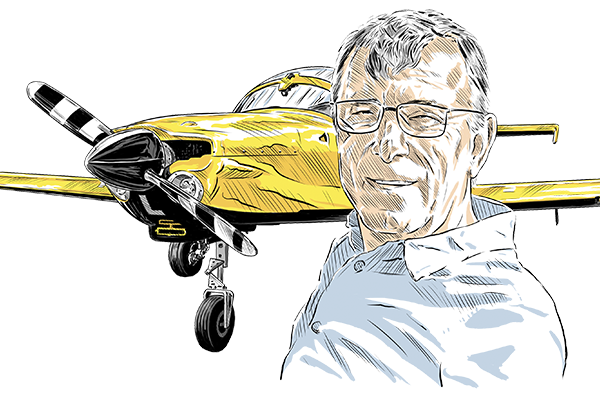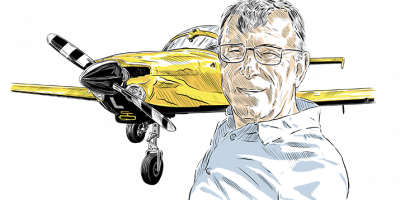Possible carbon monoxide poisoning
On 16 August 2021, a flight instructor and student pilot prepared a Piper PA-28 aircraft for a training flight departing from Wagga Wagga Airport, NSW, Australia.
At about 0900 local time, during taxi and prior to take-off, the instructor opened the cabin heater vent to demist the cabin windows.
At approximately 0930, during initial climb, with the student at the controls, the instructor began feeling slightly dizzy and unwell. They inspected the aircraft’s disposable carbon monoxide (CO) chemical spot detector and observed that it had darkened, indicating the presence of elevated CO levels in the cabin.
The instructor immediately alerted the student to the indication, closed the cabin heater vent and opened the cockpit’s fresh air vents and storm window.
Upon being alerted by the instructor, the student informed the instructor that they were not experiencing any symptoms of CO poisoning. The student continued to fly the aircraft while the instructor provided directions to return to the airport, where the aircraft was landed safely.
After landing, the instructor continued to feel the effect of CO poisoning and was taken to hospital for treatment and released soon after.
Comment: The CAA is currently running a campaign to encourage the use of active CO detectors in aircraft in preference to the chemical spot detectors. If you only have the spot detector fitted, make sure that you check it regularly in flight, and change it when required.
Long landing
Piper PA-28-181,
Kingstanding Airfield
oxfordshire
The runway profile prevented the pilot from seeing the end of the runway and the aircraft landed long. Despite braking the aircraft left the runway, travelled across the grass and struck a hedge at slow speed. The engine was shock loaded and one wingtip was damaged.
Comment: At 750m the runway is a reasonable length for GA flights. However, there is not much room for error on landing on such runway lengths, so it’s best to be ‘go-around minded’, certainly for the first approach.
Unwanted crosswind landing
Pitts S-1S
Sywell Aerodrome
northants
The pilot lost directional control while landing on a concrete runway, with a 12kt crosswind component from the right. Despite application of full left brake and left rudder, the aircraft yawed to the right during the landing roll before nosing over, coming to rest inverted.
The pilot was experienced on type and commented that if he had been given clearance to land on the parallel grass runway, or an available into-wind grass runway, the accident was unlikely to have occurred.
Comment: The pilot clearly alludes to his concern about not being allowed to use a more preferable runway for his Pitts, both in terms of grass and crosswind requirements. Safety and aerodrome operators procedures may not always be aligned.
Wingtip clipped
Piper PA-28-161
Sandtoft Airfield
north lincolnshire
Having flown into Sandtoft Airfield earlier in the day the pilot was preparing for his return flight to Gloucester.
Having started the engine, he proceeded to taxi from his parking position across the runway and along taxiway A to uplift fuel.
There was a vehicle parked on taxiway A completing a delivery to the cafe.
Having judged the gap to be sufficient for the aircraft wingspan, the pilot proceeded at a slow walking pace, but clipped the port wingtip of G-EKIR on the side and wing mirror of the vehicle.
The port wing navigation light and casing were damaged and there was paintwork scuffing to the wing tip area. The vehicle had damage to the right panel and below the right wing mirror. There were no injuries.
Comment: While the AAIB report made several observations about the van’s presence on the airfield, it really is best not to take your chances with wingtip clearance.
Wingtip position is difficult to work out, and it’s often just best to stop and check. If necessary stop the engine and pull or push the aircraft around.





